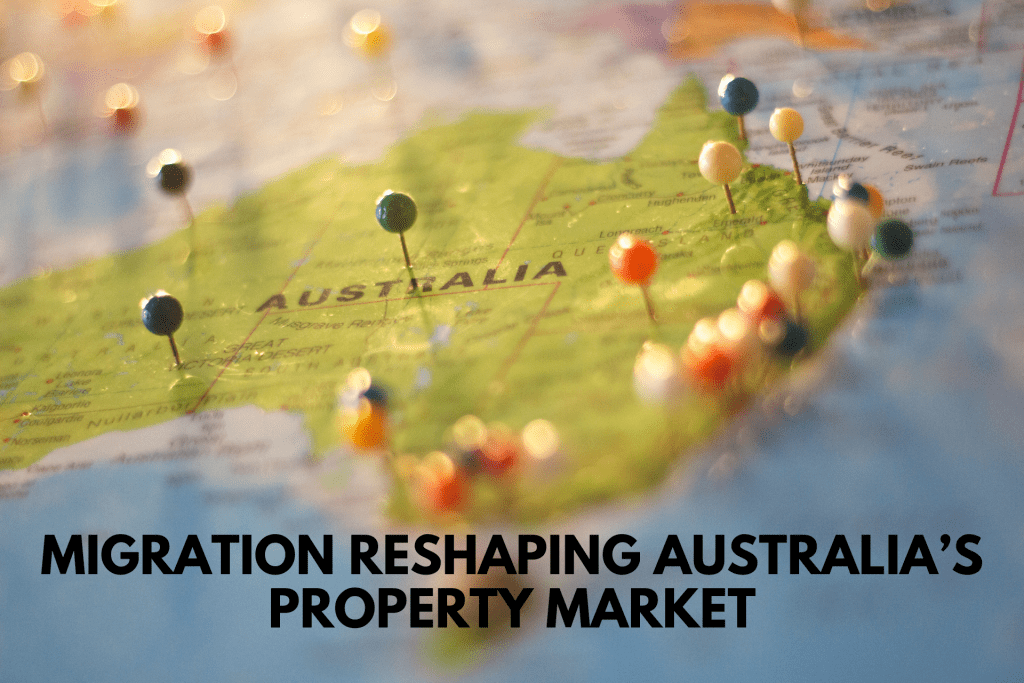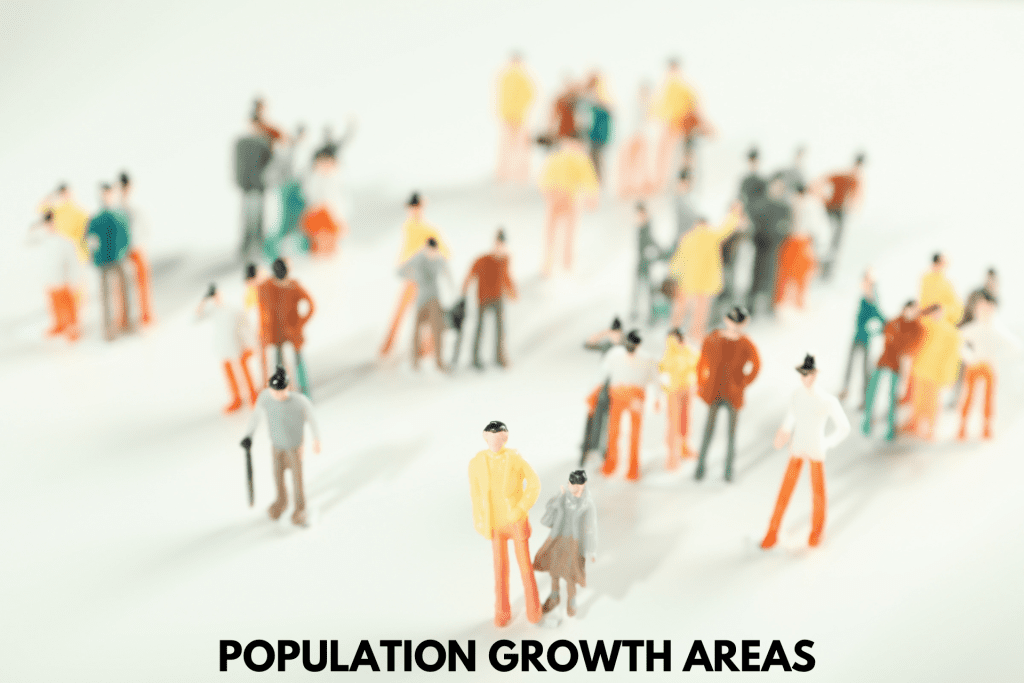
Australia has always been a land of opportunity, drawing people from all corners of the world in search of a better life. Beyond its renowned lifestyle, world-class education, and thriving economy, migration has profoundly shaped the country’s real estate market. From skyrocketing property values in Queensland post-COVID to the current surge in Perth and Adelaide, population growth continues to drive demand. For investors, understanding these trends is not just an advantage—it’s a necessity. As migration numbers climb to historic highs, knowing where to invest early can mean the difference between an average return and exceptional long-term growth.
What is Migration?
Migration refers to the movement of people from one location to another, either within a country (internal migration) or from overseas (international migration). Australia, being one of the most sought-after destinations for skilled professionals, students, and families, has witnessed significant waves of migration over the past decades. This movement has directly influenced the demand for housing, particularly in major cities and high-growth regions.
Why Are People Moving to Australia?
Australia’s appeal lies in its strong economy, political stability, high standard of living, and excellent healthcare and education systems. According to the Australian Bureau of Statistics (ABS), net overseas migration contributed 518,000 people to Australia in the 12 months leading up to March 2023, marking a historic high.
Several factors drive people to choose Australia as their new home:
• Economic Opportunities: A strong job market, particularly in technology, healthcare, and construction, attracts skilled workers.
• Education: Australia is home to some of the world’s top universities, drawing thousands of international students annually.
• Healthcare System: A well-established public healthcare system (Medicare) ensures quality medical care.
• Lifestyle and Safety: Clean cities, abundant natural beauty, and a safe environment make it an attractive place to live.
Migration and Housing Demand: The Supply-Demand Imbalance
Since the 1990s, Australia has faced a chronic undersupply of housing due to mass migration. Unlike other economies where housing construction keeps pace with population growth, Australia has struggled to build enough homes to meet demand. As a result, property prices continue to rise, particularly in high-growth areas.
Recent data from CoreLogic indicates that Australian home values have continued their upward trajectory, with a recorded monthly increase in August—marking nearly two years of consecutive growth in property prices. The demand for housing continues to outstrip supply, exacerbating affordability challenges, especially for first-home buyers.
The COVID-19 Effect on Queensland Property Prices

The pandemic triggered significant internal migration, particularly from Victoria and New South Wales to Queensland. People sought affordability, lifestyle changes, and less dense urban environments. As a result:
• The median house price in Brisbane rose by 50% between 2020 and 2023, according to Domain.
• The Gold Coast and Sunshine Coast saw unprecedented demand, leading to rental and property price surges.
• Regional Queensland also benefited, as remote work allowed professionals to move away from capital cities.
Current Hotspots: Perth and Adelaide Experiencing the Next Boom
With internal migration slowing post-COVID, international migration has resumed as a primary driver of property price increases. Currently, Perth and Adelaide are emerging as the next property boom areas due to affordability, lifestyle, and economic opportunities.
• Perth: The median house price increased by 31.4% in the year leading up to September 2024, according to REIWA.
• Adelaide: Recorded a 1.4% quarterly growth in house prices, driven by strong demand and tight supply.
These cities, once considered secondary markets compared to Sydney and Melbourne, are now at the forefront of Australia’s property investment landscape.
Australia’s Borders Are Open: A New Wave of Demand
Post-COVID, international migration has surged, further straining the housing market. In 2023, the Australian government set a target of 400,000 new permanent migrants, the highest intake in decades. With increasing arrivals from India, China, and Southeast Asia, rental markets in capital cities have become highly competitive, leading to further property price growth.
As of July 2024, PropTrack reported that Australia’s national rental vacancy rate was 1.42%, indicating a persistently tight rental market. Sydney’s vacancy rate remained stable, while Melbourne experienced a slight increase to 1.7%. This shortage in rental properties continues to push many individuals toward homeownership, thereby increasing competition and driving up property values.
Takeaway: Investing in Long-Term Population Growth Areas

For property investors, the key takeaway is simple: identify and invest in areas poised for long-term population growth before the market peaks. Here’s how:
• Focus on Emerging Cities: Perth and Adelaide are experiencing strong demand and still offer relatively affordable entry points.
• Consider Regional Areas: Places like North Queensland, Mildura, Geelong,Newcastle, and the Sunshine Coast continue to attract buyers due to affordability and lifestyle appeal.
• Track Infrastructure Development: Areas with upcoming transport, commercial, and residential projects often experience price appreciation.
Final Thoughts
Migration has been and will continue to be a critical factor in Australia’s property market. The continuous inflow of people, combined with a chronic housing shortage, ensures that demand will remain high for years to come. Smart investors who understand these trends can position themselves to reap long-term gains by choosing the right locations before the market surges.
Now is the time to act—research high-growth areas, understand migration patterns, and secure property investments in locations set for sustained population increases.

